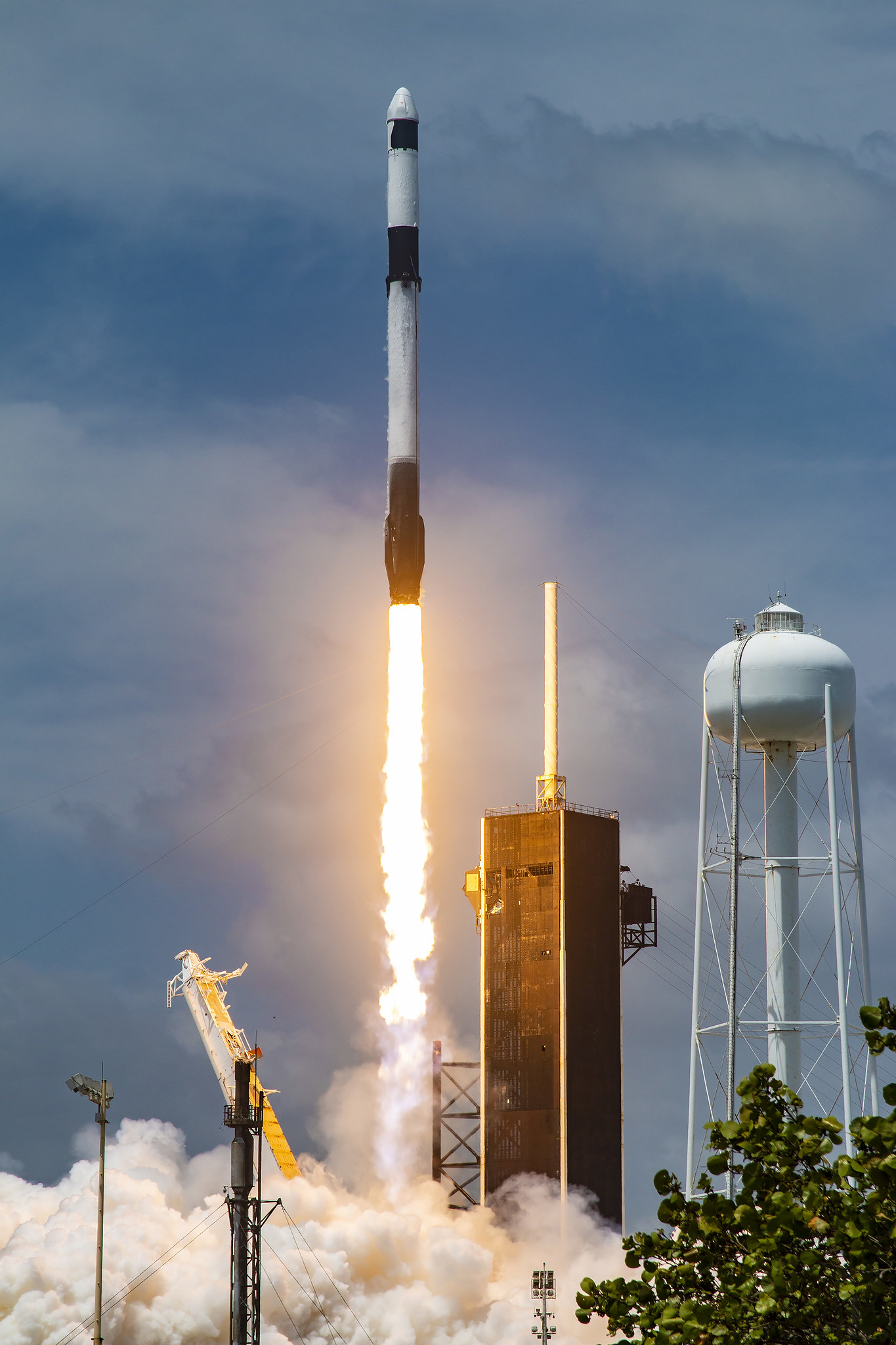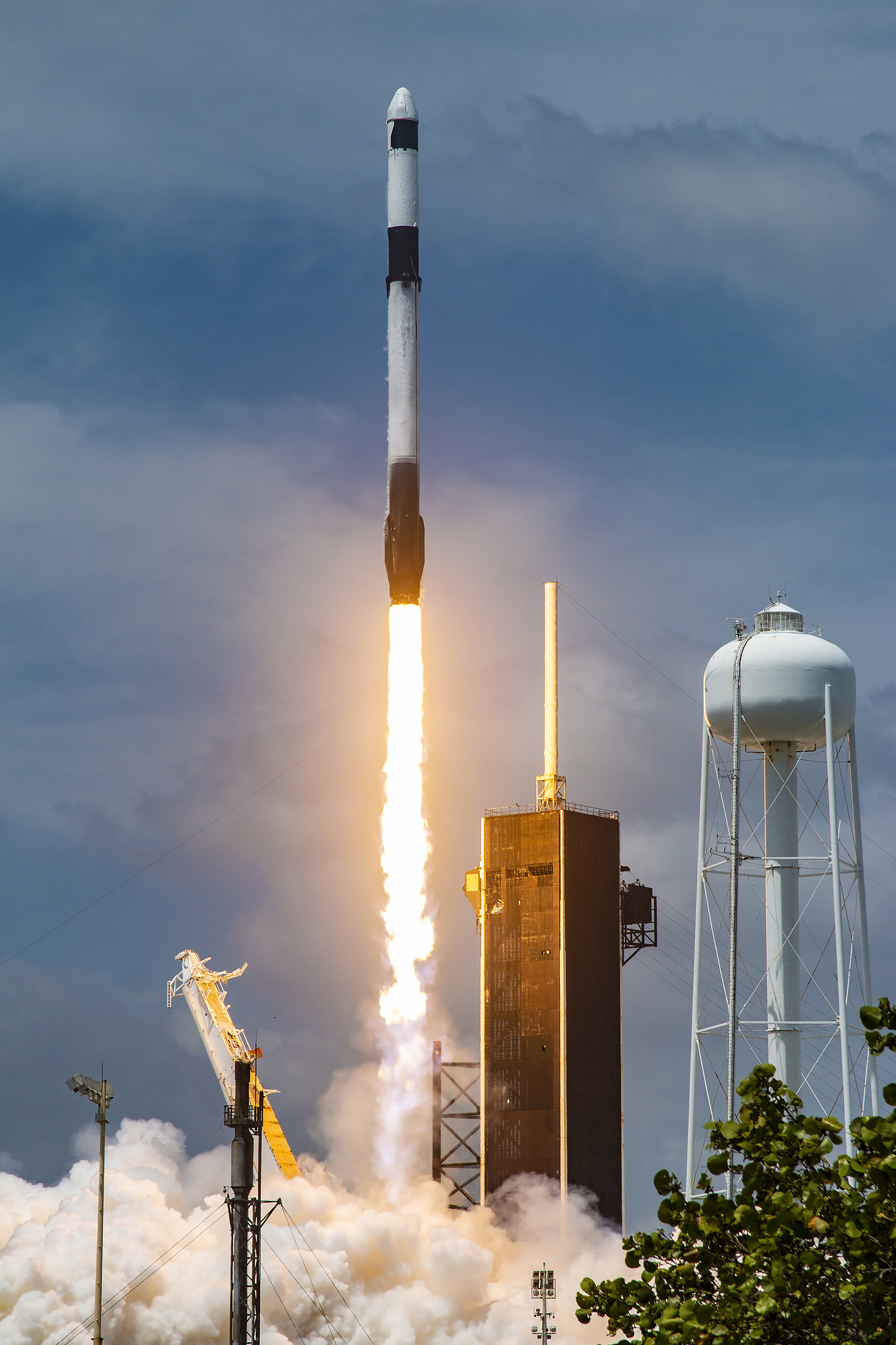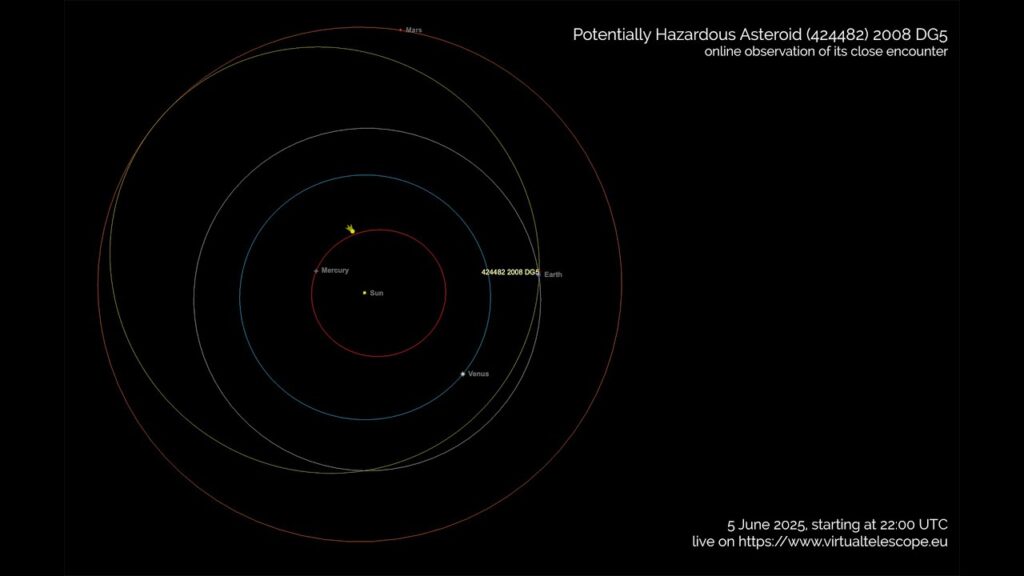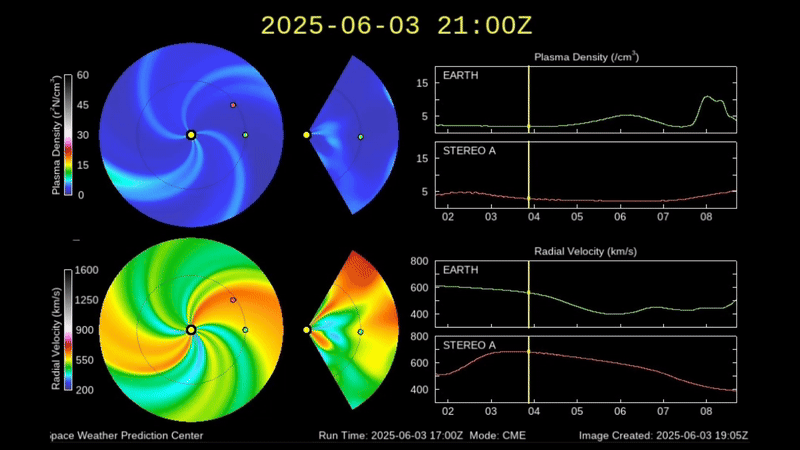
NASA is inviting the public to take part in virtual activities ahead of the launch of SpaceX’s 29th commercial resupply services mission to the International Space Station. Liftoff of the SpaceX Falcon 9 rocket and Dragon spacecraft is targeted for no earlier than 8:28 p.m. EST Thursday, Nov. 9, from Launch Complex 39A at NASA’s Kennedy Space Center in Florida.
The mission will carry scientific research, technology demonstrations, crew supplies, and hardware to the space station to support its Expedition 70 crew. The science on board includes NASA’s ILLUMA-T (Integrated Laser Communications Relay Demonstration Low Earth Orbit User Modem and Amplifier Terminal), which will demonstrate the use of laser communications systems to transmit data in space, and AWE (Atmospheric Waves Experiment), designed to study bands of light in Earth’s atmosphere and improve our understanding of space weather in the upper atmosphere.
Members of the public can register to attend the launch virtually. As a virtual guest, you have access to curated resources, schedule changes, and mission-specific information delivered straight to your inbox. Following each activity, virtual guests will receive a commemorative stamp for their virtual guest passport.
The live launch broadcast with commentary will begin at 8 p.m. EST Thursday, Nov. 9, and will air on NASA Television, YouTube, X, the NASA App, and the agency’s website. Learn how to stream NASA TV through a variety of platforms. For more information about the mission, visit NASA’s launch blog to learn more.



